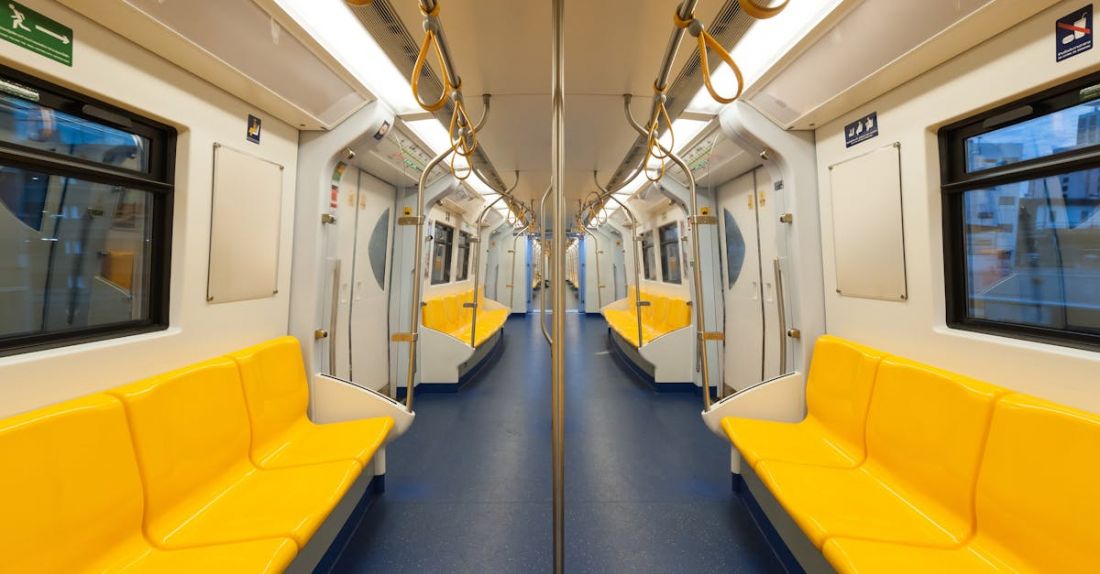
Public transportation systems are a vital component of modern urban infrastructure, impacting millions of people daily. The integration of technology into these systems has given rise to the concept of smart public transportation. These innovative systems leverage cutting-edge technologies to enhance efficiency, safety, and sustainability. From real-time tracking to automated fare collection, smart public transportation offers a plethora of benefits that can revolutionize the way people commute in urban areas.
Enhanced Connectivity
Smart public transportation systems provide enhanced connectivity for commuters, offering seamless integration between different modes of transport. By leveraging technologies such as GPS and mobile applications, passengers can access real-time information about routes, schedules, and delays. This level of connectivity enables commuters to plan their journeys more efficiently, reducing waiting times and minimizing disruptions. Additionally, smart systems often incorporate multimodal options, allowing passengers to easily switch between buses, trains, and other modes of transport without the need for separate tickets or payment systems.
Improved Safety and Security
Safety and security are paramount concerns for public transportation systems, and smart technologies play a crucial role in enhancing both aspects. Features such as CCTV cameras, emergency communication systems, and automatic vehicle location tracking help ensure the safety of passengers and staff. In the event of an emergency or security incident, these systems enable quick response times and effective management of critical situations. Furthermore, smart transportation systems can provide real-time updates on potential hazards or disruptions, allowing authorities to take proactive measures to ensure the safety of commuters.
Efficient Operations
One of the key benefits of smart public transportation systems is their ability to optimize operations and improve efficiency. By utilizing data analytics and predictive modeling, these systems can anticipate demand patterns, optimize route planning, and adjust schedules in real-time. This proactive approach helps reduce overcrowding, minimize delays, and enhance overall service quality. Automated fare collection systems further streamline operations by reducing ticketing errors, speeding up boarding times, and cutting down on administrative costs. The result is a more efficient and reliable public transportation network that can better meet the needs of urban commuters.
Environmental Sustainability
Smart public transportation systems play a vital role in promoting environmental sustainability by reducing greenhouse gas emissions and alleviating traffic congestion. By encouraging the use of public transport over private vehicles, these systems help decrease the overall carbon footprint of urban areas. Additionally, smart technologies enable the implementation of eco-friendly practices such as electric buses, renewable energy sources, and energy-efficient infrastructure. By embracing sustainable practices, smart transportation systems contribute to cleaner air, reduced noise pollution, and a healthier urban environment for all residents.
Improved Passenger Experience
The integration of smart technologies into public transportation systems has significantly enhanced the overall passenger experience. Features such as Wi-Fi connectivity, USB charging ports, and digital displays provide passengers with added convenience and comfort during their journeys. Real-time updates on delays, disruptions, and alternative routes help keep commuters informed and reduce the stress of unexpected changes. Additionally, smart systems often incorporate accessibility features for passengers with disabilities, ensuring that public transport is inclusive and accommodating for all individuals.
In conclusion, smart public transportation systems offer a wide range of benefits that can transform the way people commute in urban areas. From enhanced connectivity and improved safety to efficient operations and environmental sustainability, these systems have the potential to revolutionize the way cities approach public transport. By leveraging technology to create smarter, more efficient transportation networks, cities can create a more sustainable, safe, and enjoyable commuting experience for all residents.





